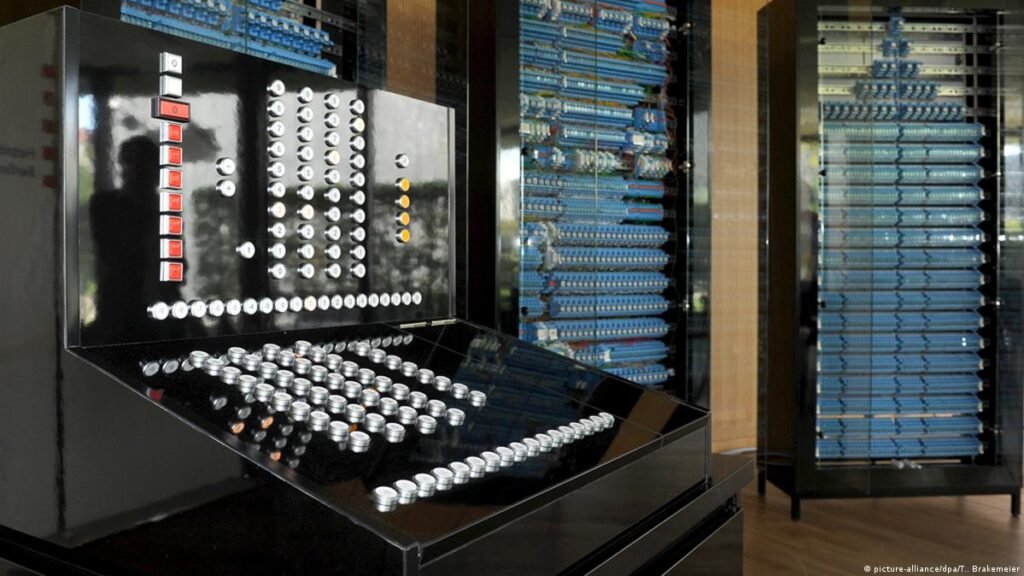Very few industries have expanded as quickly as computers and computing. You should be well aware that the devices we carry about in our palms today most likely have more power than the original computers, which were constructed and took up whole rooms!

The completeness
Turing completeness is a concept in computer science that bears the name of renowned English mathematician and computer scientist Alan Turing. It defines a system’s capacity to compute any conceivable computation or program. Stated differently, a set of rules is considered Turing-complete if it has the ability to simulate any type of Turing machine. The Z3 computer, designed by German inventor Konrad Zuse, was the first Turing-complete programmed computer in history.
On June 22, 1910, Zuse (pronounced Tsoo-zuh) was born in Deutsch-Wilmersdorf, which is today a part of Berlin. While in school, Zuse’s varied talents surprised his teachers, but his passion was painting.
A creative engineer
Zuse was not only skilled at accurately capturing models, but he also had a natural talent for caricatures and even entertained the idea of becoming a commercial artist. Following graduation, Zuse studied architecture instead of mechanical engineering before deciding to specialize in civil engineering. He thought that this would be ideal for him because it would allow him to blend his artistic and engineering talents.
Begins anew
Because he didn’t even know how calculators worked inside at the time, Zuse practically started from scratch, which is what makes him so brilliant. In a peculiar manner, this did turn out to be advantageous. Zuse went about creating devices that used the binary system and metallic shafts that simply turned one way or the other, in contrast to the era’s calculators, which were based on the decimal system and had spinning mechanical parts.
Zuse and other German scholars were obliged to study in relative seclusion as Germany quickly became involved in World War II. This implied that Zuse was unaware of Howard Aiken’s work on a related project and that the two were not exchanging knowledge.

In contrast to Z1, who was unreliable and could only function for a short while before becoming stuck, Zuse had more success with his subsequent attempts. Although he developed Z2 in 1940, his 1941 Z3 is regarded as his masterpiece.
Zuse unveiled his Z3 at the German Laboratory for Aviation in Berlin on May 12, 1941. It is currently regarded as the first operational, autonomous, programmable, Turing-complete computer in history.
Unfortunately, the original Z3 was destroyed during a bombing in Berlin in 1943, thus most of the world never got to see it. But in the 1960s, Zuse worked on recreating the Z3, and that model is currently on exhibit in a Munich museum.



